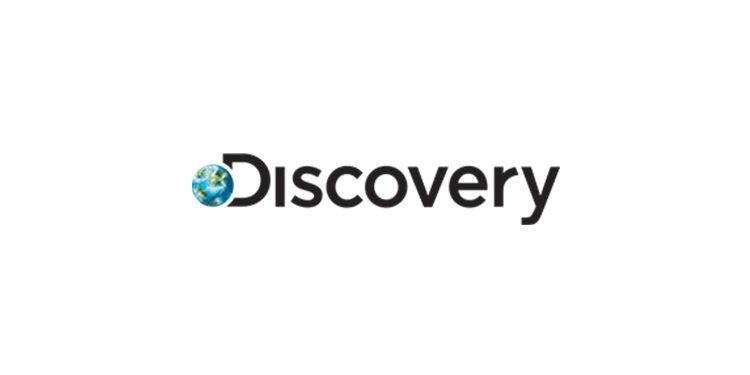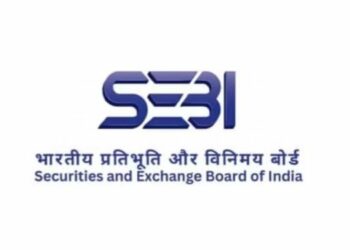Mumbai: In a one-hour Discovery Exclusive special, RETURN TO THE MOON: SECONDS TO ARRIVAL, premiering Monday, April 22 at 10 PM IST, Discovery will follow the men and women of SpaceIL on its mission to land the first privately funded spacecraft on the surface of the moon. The show will also be simulcast on Discovery HD World, Discovery Science and Discovery Tamil channel.
SpaceIL was founded by three young Israeli engineers, Yariv Bash, Kfir Damari, and Yonatan Winetraub, and is one of the organizations that participated in the international Google Lunar XPRIZE, which challenged scientists to build, launch, and land an unmanned spacecraft on the moon. In 2017, SpaceIL, the lone representative from Israel, became one of the five finalists, but in 2018, Google closed the contest without naming a winner. Undeterred, SpaceIL soldiered on with help of public and private funding.
Their attempted lunar landing was the culmination of eight years of intensive collaboration between SpaceIL and Israeli Aerospace Industries. The craft, which could have been the smallest to ever land on the moon, launched as a secondary payload on a SpaceX Falcon 9 rocket from Cape Canaveral, Florida, on a two-month journey.
“This is an extraordinary story of a team which attempted to do what only nations have done before. Telling such stories of human endeavor is an integral part of our mission. It is what Discovery stands for,” said, Zulfia Waris, Vice President, Premium & Digital networks, Discovery Communications India. “The show marks the launch of a new series ‘Discovery Exclusive’ which will feature never seen before content on topical global events that are shaping our world.”
Speaking in the show, Sarah Cruddas, Astrophysicist, Space Consultant, said, “Our history of exploring the moon dates back more than 15 thousand years to when humans were first looking up and becoming aware of what lies above the earth. But it was only in the last century, that going to the moon started to turn from something which is science fiction into something that could potentially be a reality. What we’re seeing now is this pendulum shift, in terms of space. It’s no longer just about governments. It’s about individuals and private companies as well.”
Philip Metzger, Planetary Scientist, University of Central Florida, added, “The biggest challenge in building spaceflight hardware is simply the experience to be able to build it. Getting that experience, can’t be obtained any other way than by doing it. And SpaceIL started from scratch. They didn’t put a lot of thermal protection into it. It’s got minimal navigation systems. This is how they can put together a much less expensive mission. Any one thing could fail and end the entire mission. It’s either going to break or it’s going to get to the moon.
One of the greatest discoveries of the last couple of decades is that the moon has water. The water on the moon is harder than granite. It’s frozen solid ice. So, mining water on the moon is literally the same as mining a rock. And we have companies like Honeybee Robotics building the drills because the water on the moon can be split into hydrogen and oxygen: rocket fuel. There’s a lot of water. A lunar geologist has estimated that it’s enough to launch one space shuttle every day for a thousand years. That’s what is so brilliant about this SpaceIL mission. They are demonstrating we can access the resources of space, do mining and manufacturing beyond planet Earth. The moon is our launching pad to the rest of the solar system.”
















